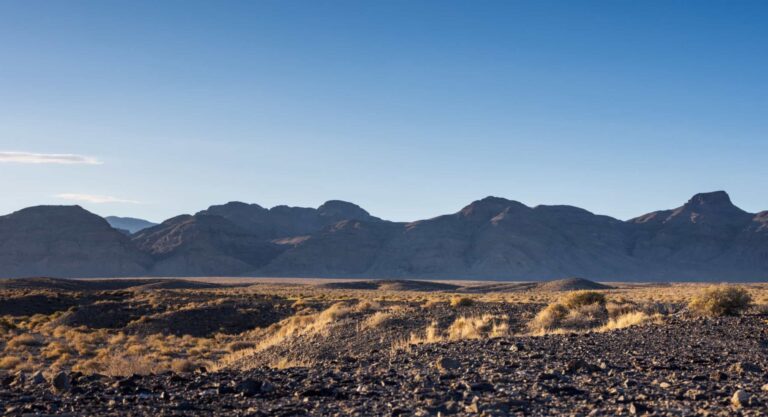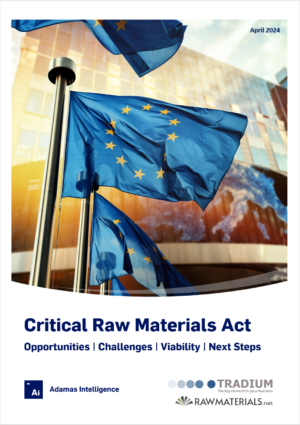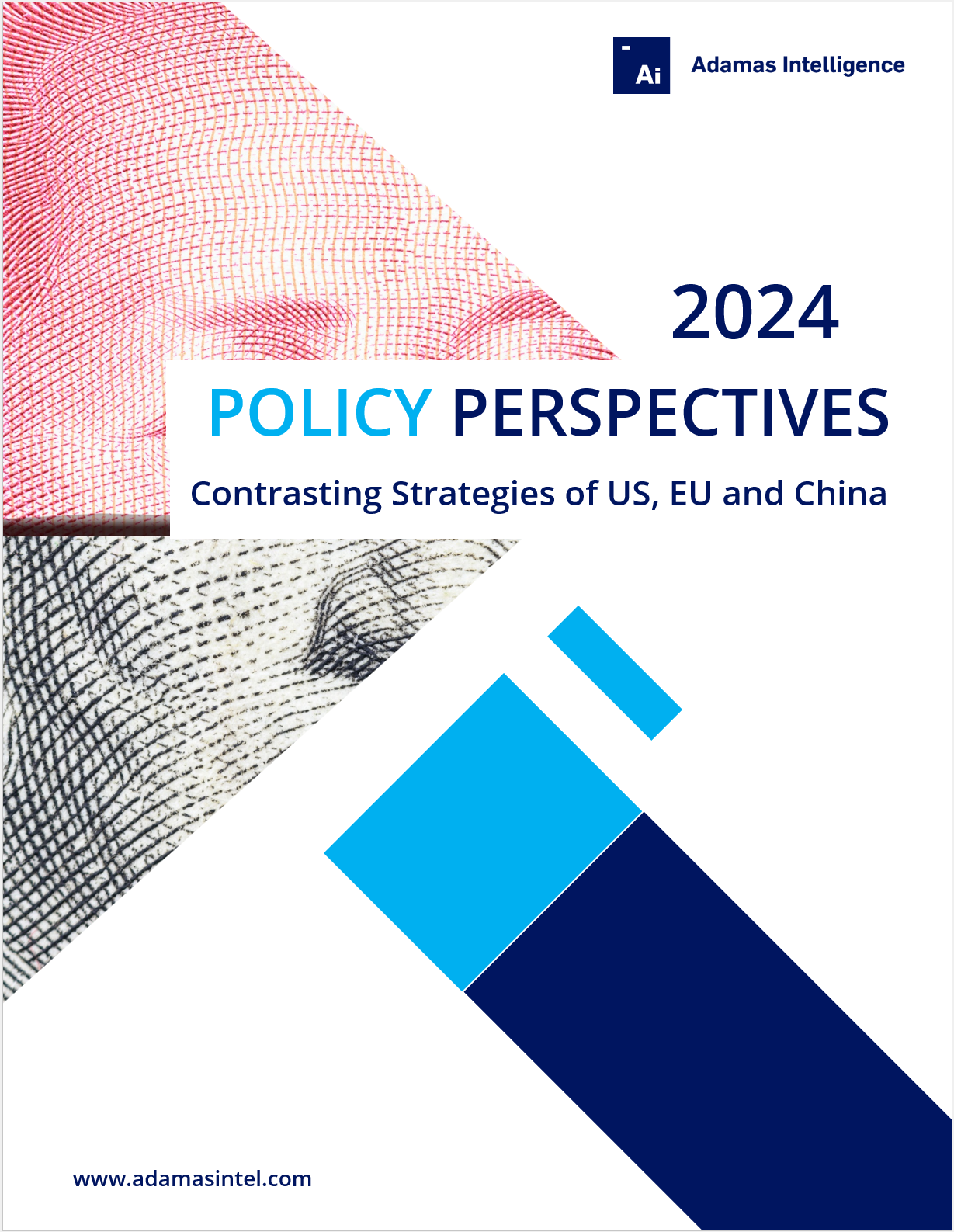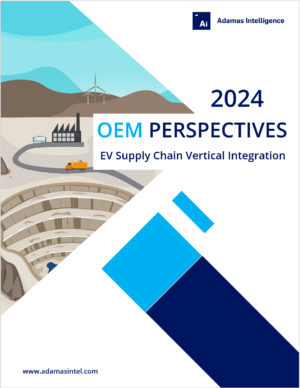Century Lithium releases FS results for Clayton Valley project

Three phases
Last month, Century Lithium released their FS for the Clayton Valley sediment-hosted lithium project in Nevada.
The study contemplates a three-phase 13+15+13 ktpa LCE plant operating for 40 years. The study builds on 2 years of piloting work which transitioned the project from a conventional sulfuric acid leach flowsheet to a proprietary chloride leach + DLE process, citing “improved compatibility with the deposit’s chemistry”.
Benefits include reduced procurement risk of sulfur, lower emissions and more environmentally friendly tailings.
The ultimate 8 Mtpa mine would cost an estimated $3.5B to build with cash costs projected at $8,223/t LCE or $2,766/t LCE after sodium hydroxide credits.
Using a flat long-term price of $24,000/t LCE, the NPV8% of the FS base case comes in at $3B post-tax.
Adamas take:
The project’s pivot from a traditional sulphuric acid leach to a hybrid hydrochloric acid + DLE process has resulted in a 5x capital intensity relative to the 2021 PFS.
The sodium hydroxide credits take the project into the $3,000/t LCE OPEX range, amongst the lowest in the industry, however this is only 25% lower than the sulphuric-leach OPEX. Relative to advanced peers, the complete project is about twice as expensive to build, though operates at about half the OPEX.
Understandably, the project has taken a phased approach to CAPEX expenditure, reducing nominal CAPEX to a more manageable $1.5B for Phase One, a 13 kt LCE operation. Unfortunately, the resultant capital intensity is the least attractive in the entire industry.
There is also the additional technical risk to consider due to the application of novel technologies. Although U.S. government debt support has been shown to be exemplary for high CAPEX projects, such as Thacker Pass, we see a pronounced funding risk with Century Lithium’s project despite the strategic importance of domestic Li units.
Success at Thacker Pass’ ramp-up may de-risk funding, though Century has distanced themselves with the alternate processing route.
[Extract from the May issue of the EV Battery Lithium Monthly service.]
Image: Century Lithium
Chris Williams, Analyst at Adamas Intelligence
Chris is an Analyst at Adamas Intelligence focused on the global lithium industry. He researches and analyzes the lithium value chain to uncover actionable opportunities for clients.
Chris has 11-years experience in mining and oil & gas operations optimization, delivering value from data intensive insight generation. He completed his Bachelor and Masters of Engineering at the University of Queensland, majoring in Mechanical Engineering, and is currently completing a Masters of Business Administration at the University of British Columbia.







